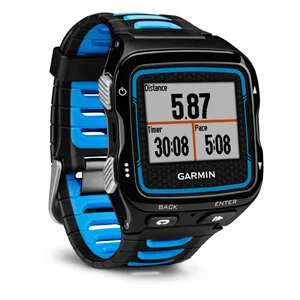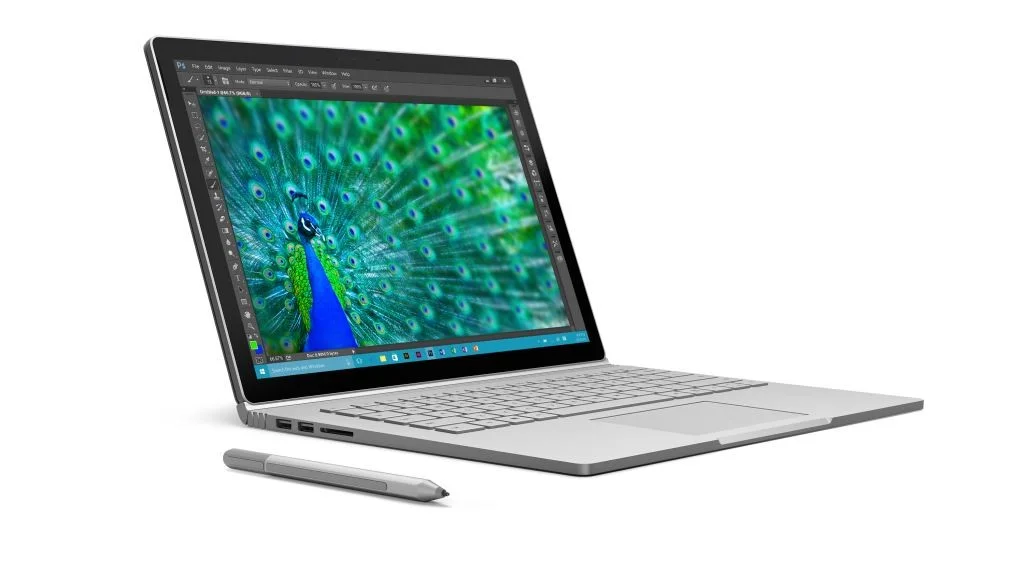The Band has also added a new sensor trick or two, most importantly a barometer to track elevation. That joins the built-in GPS, sleep tracking, calorie counting, notifications, and the other previously available features mentioned above. It’s also got more robust Cortana integration, both because talking to your wrist feels like the future and because it’s a much easier input method that tapping that tiny display.
There are sport-specific features here as well. Microsoft exec Lindsey Matese noted that the Band makes for a capable digital caddy, able to know where you are, your distance to the green, the calories you’ve burned, and your heart rate. It can even generate a score card after you’re done, an experience Microsoft first detailed in August but will be a headlining feature of its new hardware. For athletes more concerned with oxygen debt than par fours, the new Band can even measure VO2 max.
Ever since I acquired the iPhone 6s Plus, I'll admit that the temptation to buy an Apple Watch is reaching it's fever levels but at the same time, my desires for what it lacks is what is keeping me.
Come in stage right, Microsoft's latest Band. It comes closer to
Garmin's 920XT in terms of fitness capabilities. Essentially, all these new additions for a price that is less than Apple's offerings is what makes the Band enticing. If Microsoft can make a band do this, I'd hope that the Apple Watch v2 could too. The wait... Ugh...
Untill then, when and if I start up training again, Garmin's one year old 920XT will have to do.





